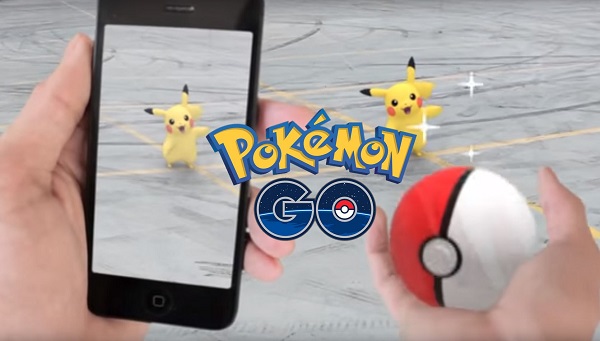
Pokémon GO: Room for Improvement?
- Details
- Written by Davide Maggio

More searched than porn on the net, it's the talk of newscasts and newspapers across the globe: it seems as if it was the thing we'd been waiting for all along. Still, you can't make everyone happy all the time.
Pokémon (ポケモン) is a franchise, born in 1995 from the mind of Tajiri Satoshi and managed by the Pokemon company, a subsidiary of Nintendo, Game Freak and Creatures inc. Starting 1996, the release year of the franchise's first two games, Pokémon has enjoyed one success after the other, making it obvious that Pokemon GO would become big news.
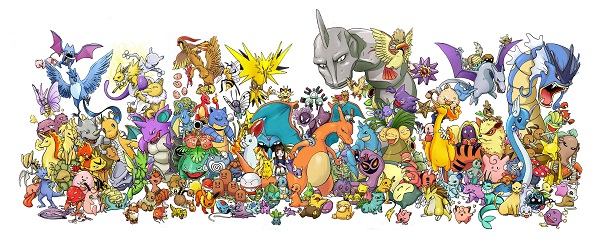
20 years ago, the first generation of games (Green, Red, Blue and Yellow) introduced the game's staple formula: a 10 year old boy sets out on an adventure to capture and raise Pokémon, 151 creatures who inhabit Kanto and more or less amiably coexist with humans. Among these first 151 are fan favorites such as Pikachu, Eevee, Charmender, Squirtle, Bulbasaur.
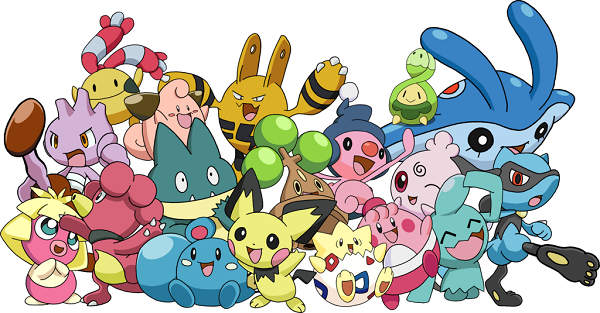
The second series (Gold, Silver and Crystal) introduced 100 more as well as genders and breeding, allowing trainers to cross Pokémons in order to generate either an offspring, or a brand new creature (for example, two Pikachu will lay an egg containing a Pichu).
There are seven generations so far, 720 known Pokémon and two new generations (Sun and Moon) scheduled for November. Through the years Pokèmon has switched more and more towards competitive battling, pushing trainers to come up with more and more wild strategies while aiming for victory.
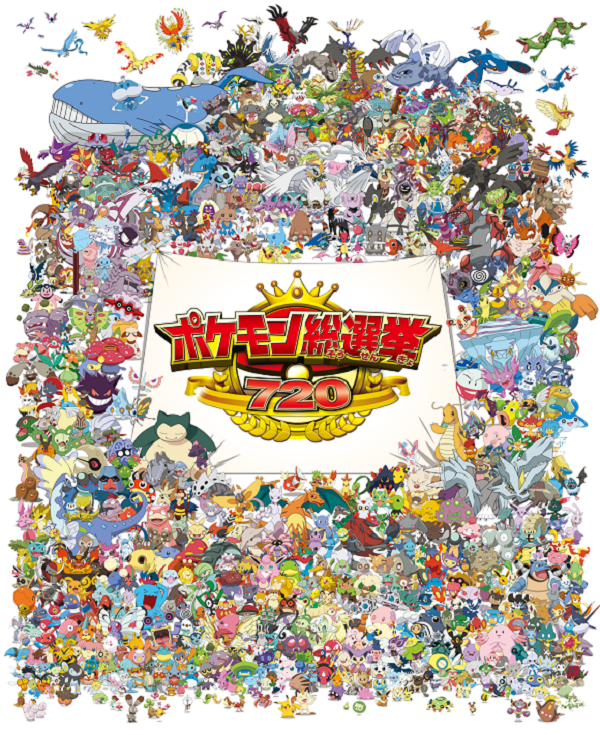
Pokémon GO is a departure from previous titles: the trainer explores the real world thanks to their smartphone's GPS, as to capture Pokémons thanks to VR, and nodes known as Pokéstop. What's wrong with this formula?
On May 8 the Pokémon elections took place (ポケモン総選挙720 Pokemon Sōsenkyo 720 ), in which Japan's trainers voted for their favorite Pokèmon: winner was Greninja, with evergreen Pikachu placing only fourth, and only 8 of the original 151 monsters in the top 50. Nonetheless, the app launched with a 145 selection from the first generation, and the five legendary (Articuno, Zapdos, Moltres, Mewtwo and Mew) nowhere to be found.
There are also eggs in Niantic's app: they are found in Pokéstops, and the trainer has to travel a set number of miles for them to hatch. All fine, until we discover that the natural evolutionary line of many Pokèmon has been modified – among others, Pikachu, Jynx, Mr.Mime, Magmar, Electabuzz, Hitmonlee, Hitmonchan, Snorlax, Chansey, Clefairy and Jigglypuff.
There is also no turn-based combat, one of the series' best mechanics: in the app, the trainer simply has to throw the Poké Ball until she succeeds, while gym battles simply requires to tap the screen until one of the two contestants falls over.
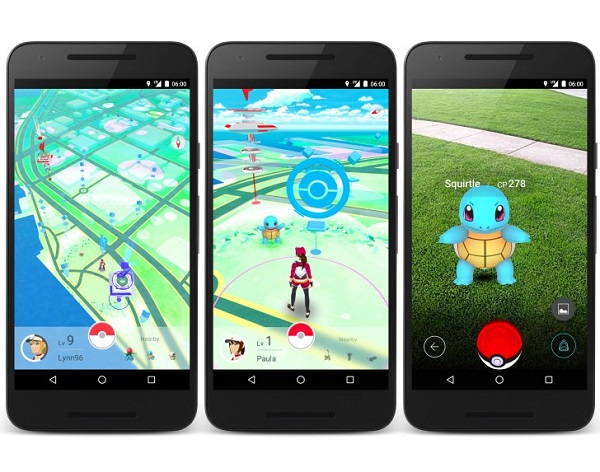
The app is, essentially, a simplified and impoverished version of the game. Why has it been so successful, then? The answer is simple: the first generation of 151 Pokémon is the most popular among casual fans of the game. The app not aimed at the Pokémon otaku, but at the average gamer who enjoys taking VR enhanced snapshots, messing around in the real world, or simply throwing the ball to finally 'catch'em all'.


